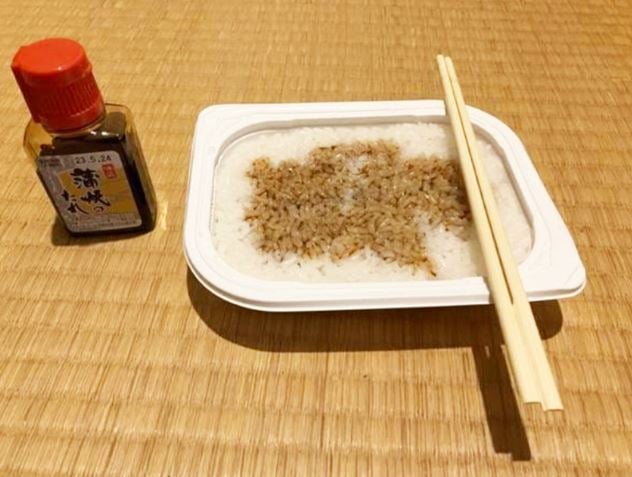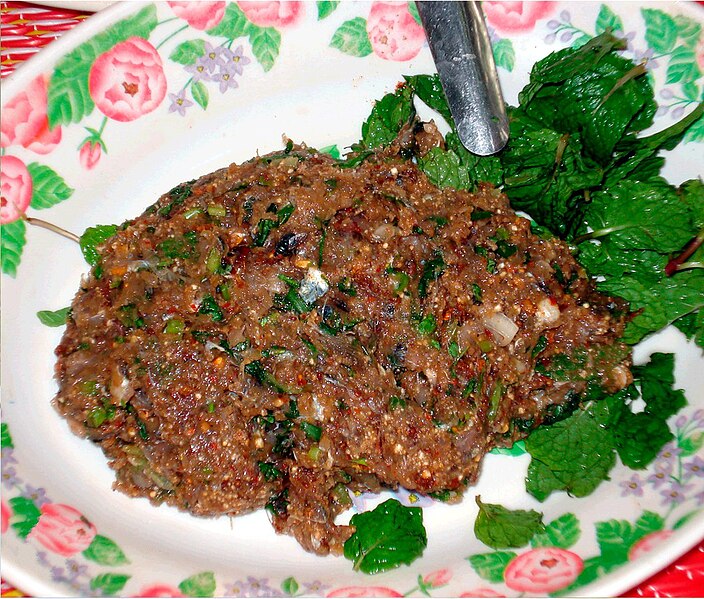A centuries-old slimming remedy is all set to make a comeback after evidence of its use was discovered in old manuscripts during an archaeological dig. The heath pea is a long-forgotten fern-like wild Scottish plant with purple flowers that can apparently suppress hunger and thirst for weeks. Entrepreneurs are now interested in re-introducing the wonder-herb to the world as a dietary supplement that could produce drastic weight loss results.
According to botanical records, the heath pea, also known as bitter vetch, was a vital ingredient of the Highland diet up until the 18th century, when food was scarce. The pea-sized tubers of the plant were stripped off the roots, dried and ingested. Just a couple of tubers were sufficient to provide a boost of energy, and prevent thirst and hunger for days, even weeks. Entire communities are said to have lived off these tubers when crops were poor.
17th century literature also indicates that the plant helped people perform strenuous activities like working in fields. Monks used it to treat patients as early as the 14th century, and it is rumored to have made an appearance in the court of King Charles (he apparently gave it to his lovers who had a propensity for plumpness). The roots were also believed to be eaten by Julius Caesar’s soldiers in preparation for the battle of Dyrrhachium in 48 BC.
Photo: The Poison Diaries
Dr. Moffat, the director of the dig, explained that the tubers have a ‘leathery liquorice’ taste with an ‘anise-like aroma’. “If you ate one of these pea sized tubers you are meant to ‘not eat, not want to eat and not miss eating for weeks and even into months,’” he said. He speculated that the incredible sweetness might indicate the presence of transethanol – a substance 300 times sweeter than sugar, and hence energizing.
Although the tubers were a common measure in crisis, they became obsolete when mass potato cultivation was introduced. The heath pea was gradually forgotten, until it resurfaced during the recent study. But experts believe that it might have several uses in today’s world, right from boosting athletes’ energy to helping people shed excess fat.
Photo: Scotland Wildlife
London-based businessman Richard Swift is planning to fund a trial of the heath pea’s properties to find out if it could be scaled up to a new cottage industry in rural Scotland. “I am interested in it for two purposes – hunger relief and for maintaining energy,” he said.
“These days as soon as people get hunger pangs they have to do something about so it could be a potential diet aid. It could be good for athletes or boxers in training, who want to maintain a certain weight. We have to find out if it is safe and effective. If it is both then we will have to raise funding so work can be carried on.”
Photo: Heathpea.co.uk
He added that the plant is difficult to harvest at the moment, because it occurs in grass swards and needs to be dug out. But he’s quite optimistic about the possibilities. “It grows at the moment on what could be termed marginal ground but there is no reason it couldn’t grow on good agricultural land. But I want to keep it in the Highlands so it benefits local economies.”
The heath pea might just cause a revolution in the weight loss industry, but it’s probably going to be a while before it comes out in the market. Until then, it’s back to good old exercise.
Sources: Scotsman, Health Daily, Daily Mail









